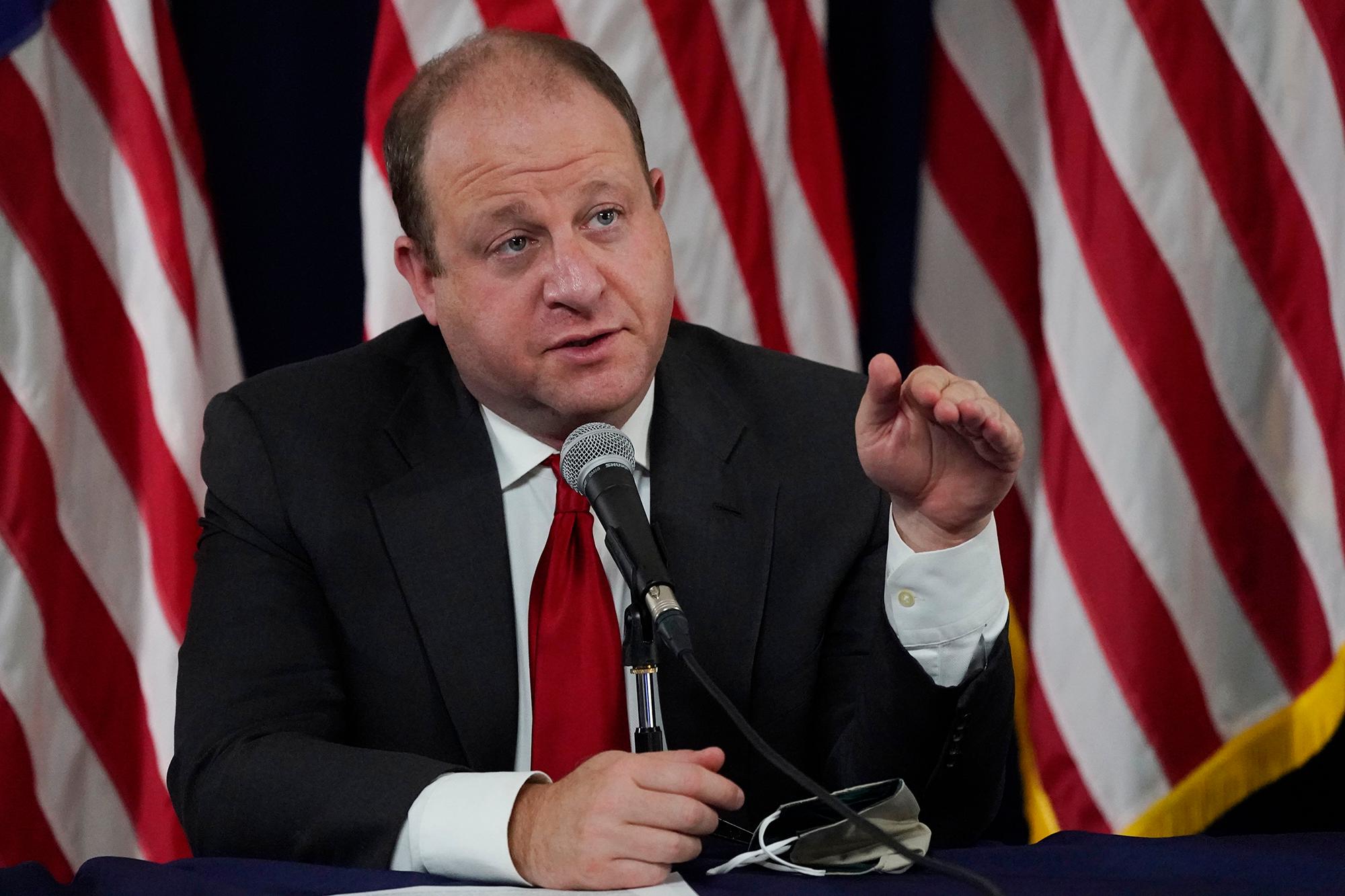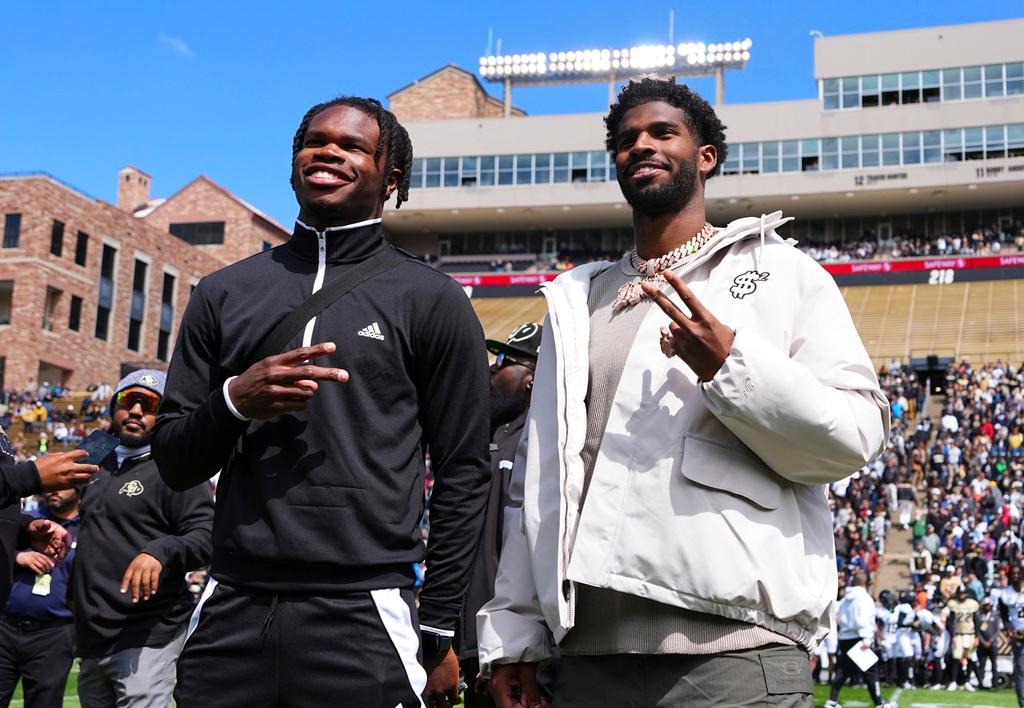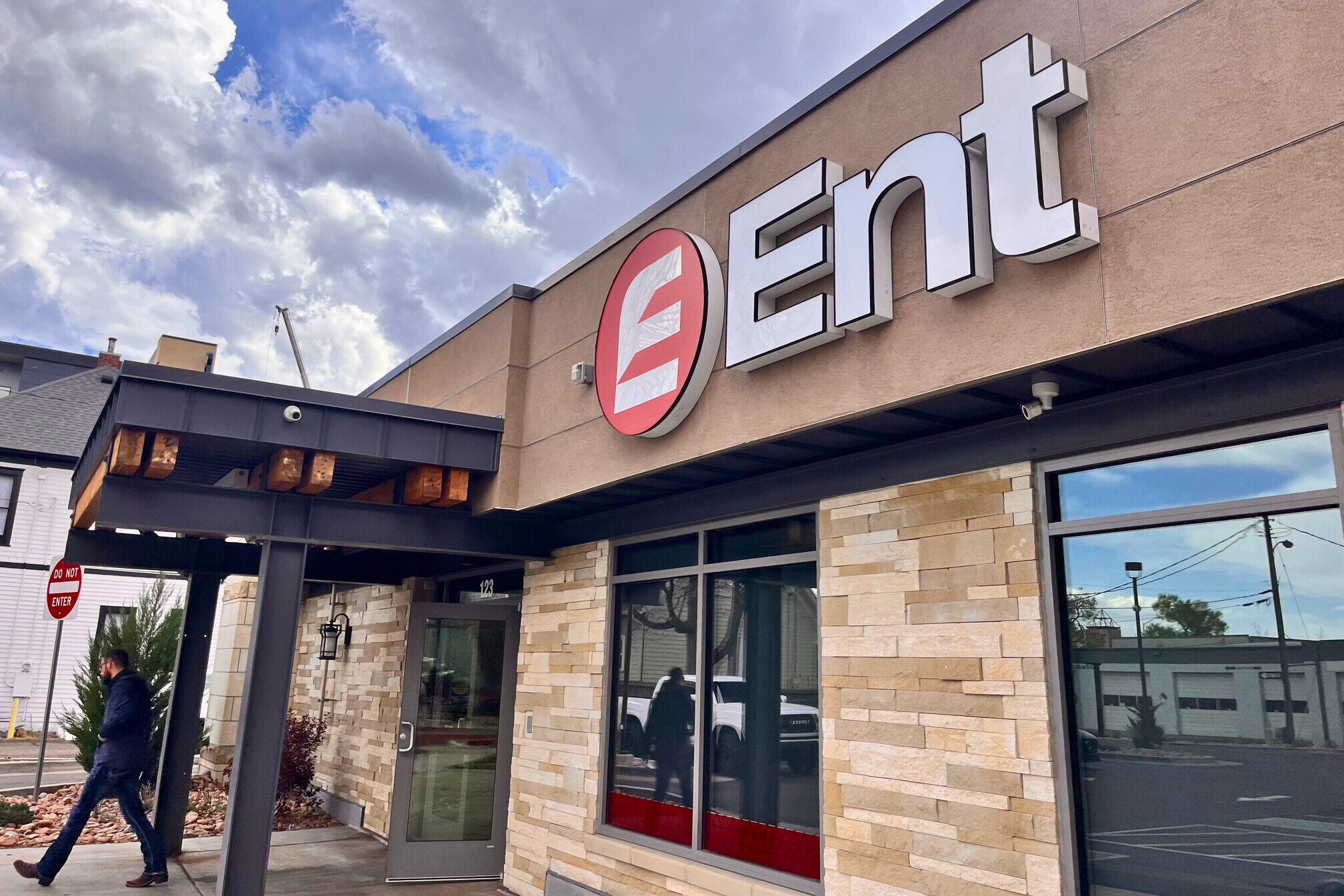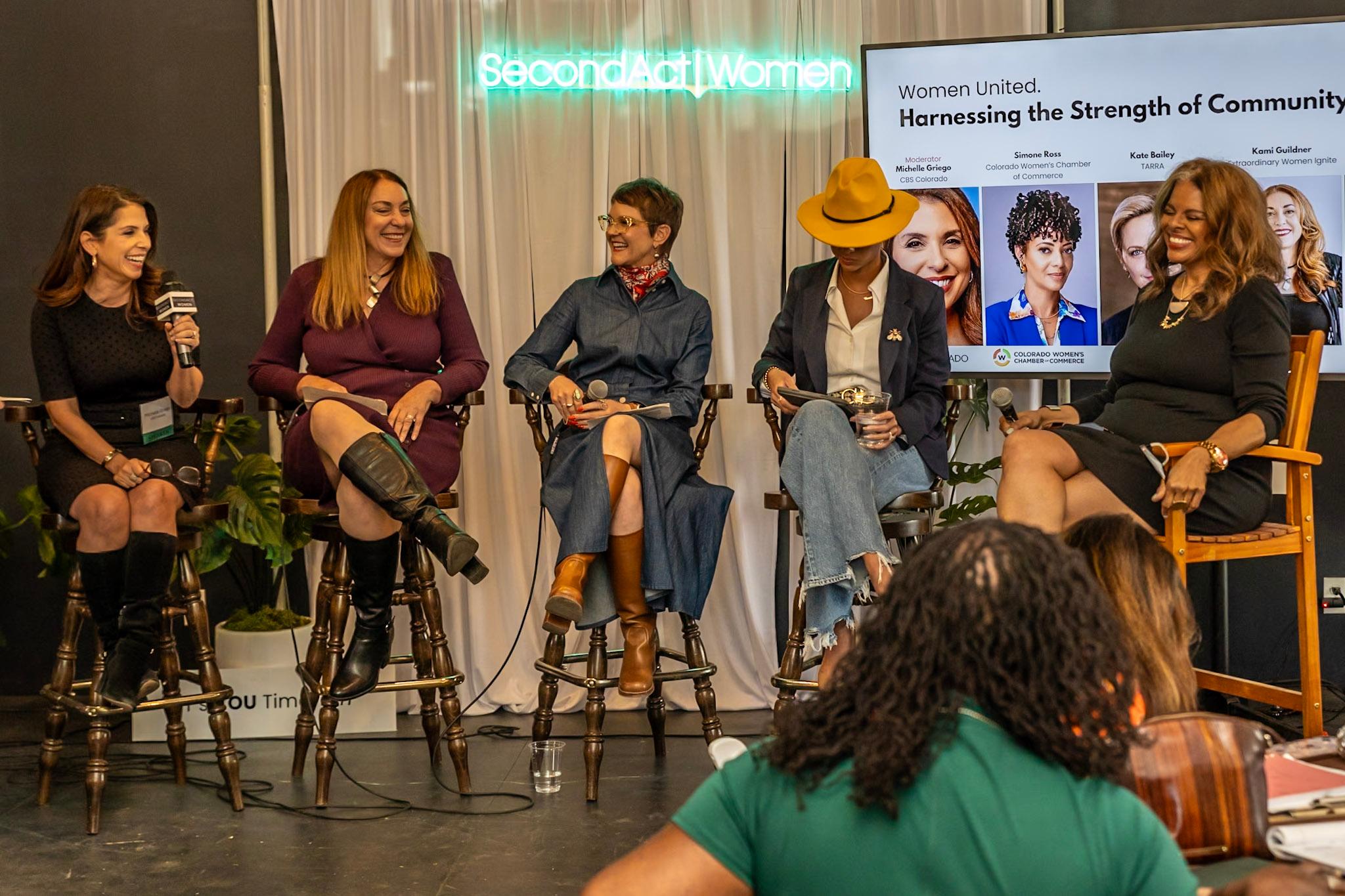
Gov. Jared Polis on Tuesday announced mandatory furloughs for state workers to help compensate for budget losses due to COVID-19, forcing a majority of the state’s 30,000 employees to take unpaid days off.
Workers will be required to take a certain number of days off based on their pay, with lower-salaried employees taking one day. Those with the highest salaries will have to take four days off.
“It's a time for belt tightening,” Polis said at a press conference about the state's response to the novel coronavirus. “There's more Coloradans unemployed, [and] the public sector too needs to tighten its belt to get through this.”
Polis used much of his press conference to focus on the spread of COVID-19 among young people ages 18-25, particularly college students, who can spread it to older, more vulnerable adults.
“We know that college students generally associate with one another, but many of them have jobs or work in the community,” Polis said. “We're particularly concerned if they work in food services or retail encountering many others.”
Polis singled out the University of Colorado at Boulder, which has seen a sharp rise in cases and recently announced a move to online classes for at least two weeks. He also cautioned that while most 18-to-25-year-olds weather the virus without complications, 1-2 percent end up in the hospital.
“That means if people are careless and go to a college party with a hundred people, it's very likely that one or two people who attended that party will be in the hospital a week or two later,” Polis said.
Polis cautioned Coloradans to continue wearing masks and social distancing, saying, “The state is not doing well enough.”
But the governor also said he believed Colorado was past the halfway point in the pandemic.
State epidemiologist Rachel Herlihy also noted that Colorado overall has seen a significant rise in both the number of cases and the rate of increase in cases, similar to what happened around the July 4th holiday. But she also said that hospitalizations have been relatively stable.
“We certainly hope that continues, but we do know that hospitalization data can lag behind some of our case data,” Herlihy said. “So this is certainly a trend that we're going to be paying close attention to over the next couple of weeks.”
In particular, Herlihy said they’ll be watching to see if there’s additional transmission outside of the 18-to-25-year-old population and if that leads to an increase in hospitalizations.
The governor also focused on Native Americans in cities like Denver and Colorado Springs and on those living in tribal nations. He said nationally, Native Americans are experiencing five times the rate of hospitalizations and 40 percent more deaths compared to white people.
Polis said he’ll be visiting tribal lands in Southern Colorado in the next few weeks to talk about the impact on those areas.









